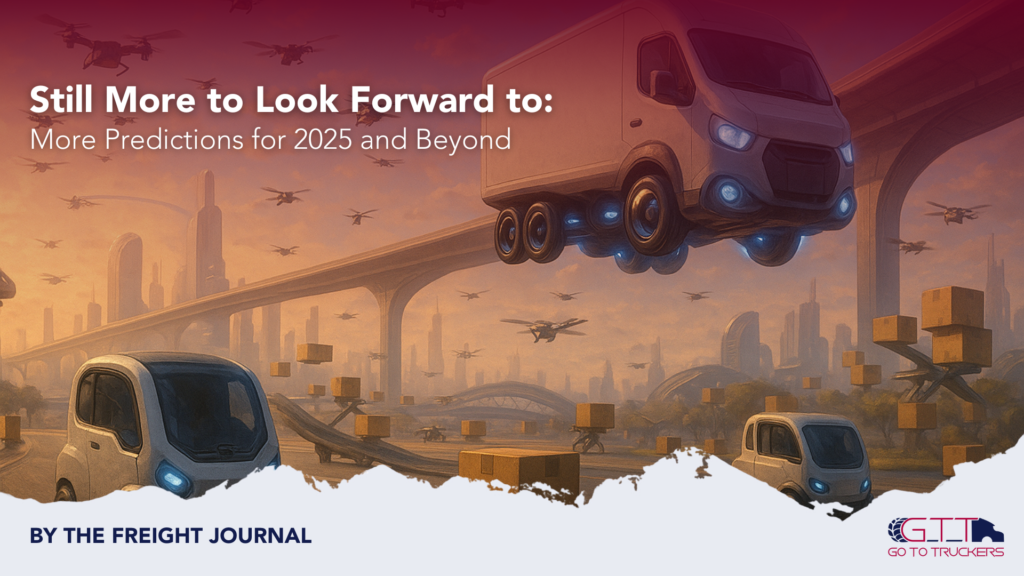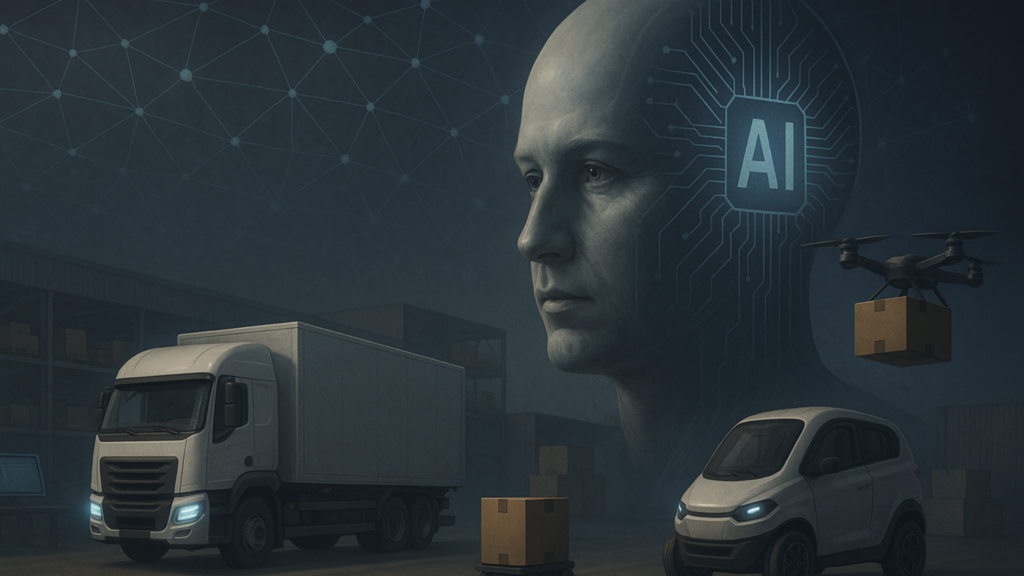
As we look toward the future, these logistics predictions for 2025 reveal how automation, regulation, and sustainability will redefine global supply chains.
By 2025, ground transportation in the US is marked by increased efficiency, automation, and sustainability. Driven by e-commerce growth, demand for rapid delivery has been surging, pushing logistics providers to optimize routes, adopt real-time tracking, and leverage data analytics. The focus will shift toward creating resilient supply chains capable of handling unexpected disruptions and fluctuating demands.
Impact of Tariffs on Logistics
Tariffs will continue to play a pivotal role, influencing supply chain configurations and costs. Companies will need to diversify sourcing strategies, potentially shifting manufacturing or warehousing locations. Trade agreements and policy changes will demand agile logistics planning to adapt to new regulatory landscapes. This will lead to a greater emphasis on nearshoring or reshoring, reducing dependence on long-distance supply lines vulnerable to trade tensions.
Technological Advancements Shaping the Industry
Automation and Artificial Intelligence
Automation will significantly impact logistics operations. AI-driven systems will optimize warehouse management, predict demand fluctuations, and automate delivery routes. Autonomous trucks, though still in early stages of adoption, will start making longer hauls, reducing driver shortages and improving delivery times. Warehouses will integrate robotics for picking, packing, and sorting, enhancing efficiency and accuracy.

Real-Time Tracking and Visibility
Advanced tracking technologies, including IoT sensors and blockchain, will provide end-to-end visibility of shipments. Real-time data will allow for predictive maintenance, proactive issue resolution, and enhanced customer communication. Transparency in the supply chain will become paramount, with customers expecting detailed information about their shipments’ location and status.
Sustainable Practices
Sustainability will become a key driver in logistics. Companies will invest in electric vehicles, alternative fuels, and eco-friendly packaging. Route optimization will reduce carbon emissions, and waste reduction programs will become standard. Consumers will increasingly favor businesses with strong sustainability commitments, pushing the industry towards greener practices.
Looking Beyond 2025
The Rise of the Connected Supply Chain
Beyond 2025, the logistics industry will witness the emergence of highly interconnected supply chains. Data sharing between partners, suppliers, and customers will become seamless, enabling proactive decision-making and enhanced collaboration. Blockchain technology will ensure transparency and security, while AI will automate complex interactions and streamline processes.
Last-Mile Delivery Innovations
Last-mile delivery will continue to evolve, driven by urbanization and rising e-commerce demands. Drones and autonomous delivery robots will become more common in specific applications, particularly in remote areas or for urgent deliveries. Micro-fulfillment centers located closer to consumers will reduce delivery times and improve efficiency.
Data-Driven Decision Making
Logistics companies will increasingly rely on data analytics to drive decision-making. Predictive analytics will forecast demand, optimize inventory levels, and prevent disruptions. Real-time data will inform route planning and resource allocation. Companies that leverage data effectively will gain a competitive edge, enabling them to respond quickly to market changes and customer needs.
In Conclusion…
The future of logistics is dynamic, shaped by technology, trade policies, and sustainability imperatives. Go to Truckers anticipates that by 2025 and beyond, the industry will experience substantial transformation driven by automation, data analytics, and a focus on resilience. Adapting to these changes and embracing innovation will be critical for logistics providers to succeed in the evolving landscape.

No Comments yet!